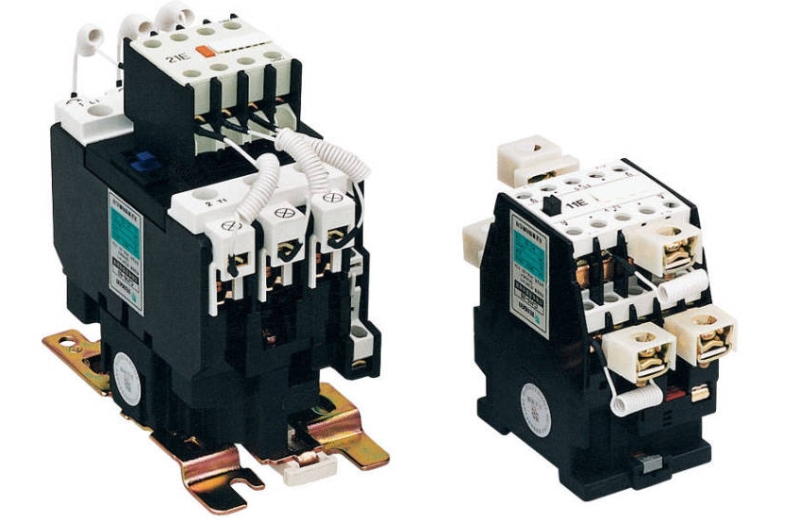
There are some differences between dual power supply and single power supply.
1. Basic concepts of dual power supply and single power supply
Dual power supply refers to the provision of two power sources simultaneously in an electronic device to ensure the safety of power supply. A single power supply has only one power supply, and when there is a problem with the power supply, the system may crash. These two concepts are very easy to confuse, and the following will explain their differences in detail.
2. Characteristics of dual power supply and single power supply
(1) Fault tolerance: Dual power supplies have higher fault tolerance. Once one of the power sources fails, the system will automatically switch to a backup power source to ensure the normal operation of the system. However, a single power supply does not have a backup power supply, and when the power supply fails, the system may crash, resulting in data loss.
(2) Reliability: The reliability of dual power sources is much higher than that of single power sources. A high-quality dual power supply system that can automatically switch to a backup power supply when a problem is detected, without the need for manual intervention. Because it can reduce downtime, dual power supplies are widely used for applications that require high reliability.
(3) Cost: Dual power supply systems have higher costs compared to single power supply systems. Because more hardware and higher-level processors are needed to support dual power systems, higher costs are required.
3. Applicable scenarios
(1) Single power supply is suitable for applications that require low cost, such as some household electronic products that do not require high reliability.
(2) Dual power supply is suitable for applications that require higher performance and longer runtime, such as important data centers, switches, and network servers.
(3) For applications that require extremely high reliability, such as financial services, when using a single power supply, equipment downtime can cause significant losses. The dual power supply can automatically switch to a backup power supply in the event of a failure, avoiding the risk of equipment downtime.
Summary of Dual Power Supply and Single Power Supply
Dual power supply is not suitable for all applications, sometimes it can increase costs. So when choosing dual or single power sources, it is necessary to weigh multiple factors such as reliability, fault tolerance, and cost. If cost allows, choosing a dual power supply system can effectively ensure the stable operation of the system and reduce risks.